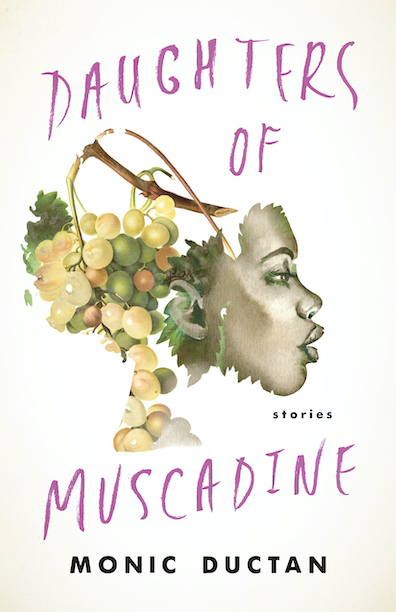True Love’s Weight
Linda Kay Klein looks at the fallout from evangelical Christianity’s purity movement
In Pure: Inside the Evangelical Movement That Shamed a Generation of Young Women and How I Broke Free, Linda Kay Klein explores the evangelical purity movement of the 1990s and early twenty-first century, the long-term effects of abstinence-only sex education, and the way shaming messages about female sexuality can linger in a culture. Pure is a book that could not have arrived at a more politically fraught time.

In case you didn’t grow up wearing a promise ring or attending purity balls, here’s a summary: the purity movement’s main message was the importance of maintaining sexual abstinence until marriage. Although the message was directed at both sexes, young girls were tasked with responsibility for not only their own sexual behavior but also for keeping young men safe from sexual temptation. (In other words, they were expected not to be “stumbling blocks.”) This was the movement’s main message. But the implied message was even more damaging. According to the purity movement, a woman’s sexuality is like a stick of bubble gum—no one will want it if it’s already been chewed. And this message was not confined to church and Sunday school; it also formed the core of many abstinence-based sex-education courses in public schools.
Klein grew up in this movement. As she moved from a Christian high-school and college experience into adult life, she struggled to overcome the shame attached to her sexuality. As she reached out to friends, she found she wasn’t alone. For other women raised in the movement, a corollary message gradually became clear: “A girl or woman is utterly and fundamentally pure or impure, good or bad, pleasing or displeasing, desirable or undesirable, et cetera, based on her sexual expressions or lack thereof.”
 Klein’s concern grew as she talked with more women, especially those who are now experiencing PTSD-like symptoms surrounding sexuality—an inability to enjoy sex even within marriage, feeling personally responsible for becoming a victim of sexual assault, and an overwhelming anxiety about becoming pregnant even among girls who have not had sex.
Klein’s concern grew as she talked with more women, especially those who are now experiencing PTSD-like symptoms surrounding sexuality—an inability to enjoy sex even within marriage, feeling personally responsible for becoming a victim of sexual assault, and an overwhelming anxiety about becoming pregnant even among girls who have not had sex.
At twenty-six, Klein quit her job, moved home, and committed to a year of research about the unintended consequences of the purity movement in which she had grown up. This year stretched on to twelve—yes, twelve—years of personal interviews and psychological research. Why? Because Klein is trying to thread a needle here—to write about the psychological fallout from a foundational principle of evangelical Christianity in a way that can be understood by outsiders without shutting out insiders who most need to hear her counter-message.
“I can’t tell you how many people are experiencing the kinds of things that my interviewees and I have and do,” writes Klein, “but the regularity with which I am approached and asked if I will talk to someone, or someone’s friend, or someone’s partner about the way in which religiously rooted sexual shame is impacting their lives makes one thing clear: It’s enough people that we need to be talking about it.”
Because I grew up in the purity movement myself and was taught to be wary of negative messages about the church, I understand that many religious people might see this book as attack on evangelical belief in an increasingly secular culture. But Pure isn’t an angry diatribe. It does not pick apart theology or condemn Christianity—in fact, the author still identifies as a person of faith. But the book does scrutinize the way certain aspects of theology were presented by the purity movement and the harmful effects it had.
In my church, one of the most precious gifts a church member could offer the congregation was her own story, and that is what Klein is offering here—the truth of lived experience. But Pure is not only her own story. It is also the stories of the women who shared their experiences throughout this extensive research project. “On one side of the gap lies our indoctrinated brains; on the other side lies our searching spirits,” Klein writes. “And the rest of us is somewhere in the middle—sometimes stretched, other times bouncing from one gravitational pull to the other and back again.”
To those outside the church, Klein offers a well-researched insider’s point of view. To those affected by the purity movement, Klein offers a healing balm through personal testimony. To both she offers an invitation to further discourse as we seek to make our culture a safer place for all people.

Sarah Carter is a high-school English teacher in Lebanon, Tennessee. She recently earned an M.F.A. in creative writing from the Sewanee School of Letters.


